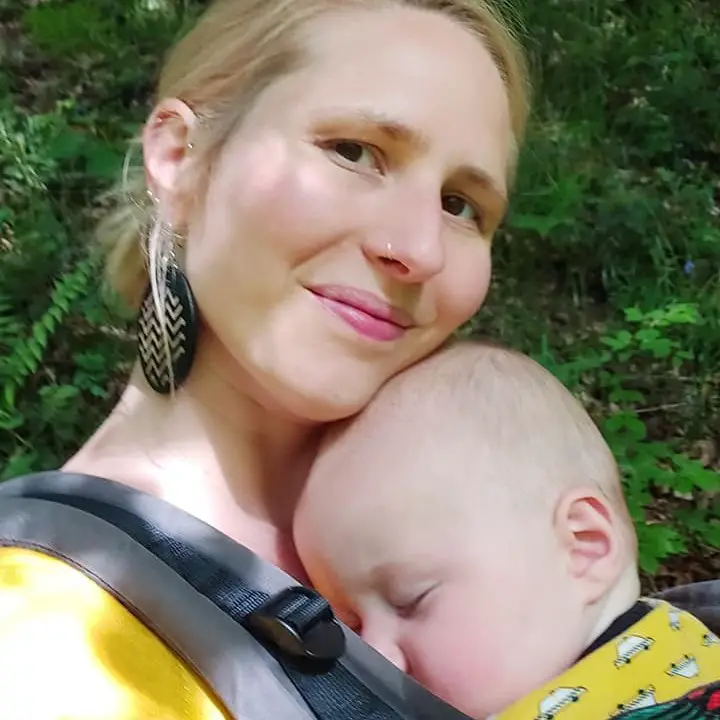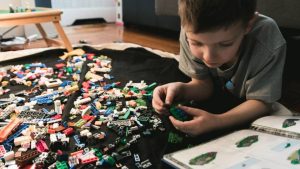As your children learn, grow and develop, the kinds of toys that they can use safely and that will entertain and stimulate them change significantly. You can take an important role in your child’s development by assuring that they are provided with toys that are appropriate for their developmental age and stage.
A lot of parents hesitate a little when they hear those words, and that’s normal. Kids aren’t made with cookie cutters – they’re all different, and even your own kids’ development rates may vary significantly. That’s okay. What’s most important is recognizing developmental milestones and progression and knowing when it’s time to introduce new toys.
Understanding developmental stages
As your child grows, they will experience a few different stages of development. Understanding what they are and what senses and abilities your child is working to perfect during these periods will give you a better grasp on the most appropriate types of toys to provide for them.
Infants
Infants are learning to interact with the world around them through their basic senses. They’re most often interested in things they can feel and taste safely, as that’s how they fully explore objects at this stage. Anything that’s large and brightly colored will be easy for them to focus their developing eyes on, and they’ll enjoy things that are on the noisy side – if it squeaks, shakes, plays music or talks to them, they’ll want to engage with it. Faces are important to development now, and baby should have toys and books featuring them as well as safe ways to explore their own reflection.
Best toys for this stage
Large, safe, bright rattles; large cardboard and vinyl picture books that feature faces; age appropriate soothing audio toys; shatterproof mirrored toys
6 – 12 months old
At this point, your little one is beginning to interact more comfortably with the world outside their crib. They’ve been working hard at developing gross motor skills gradually, and are likely beginning to pull themselves into a crawling or scooting position and experiment with mobility. Physical development is very important now, and they’re starting to have a better grasp on their name and the names of other people and things they interact with regularly. They’re also improving placing and taking motions, which will contribute to both gross and fine motor skills going forward.
Best toys for this stage
Imagination boosters with simple parts like basic dolls and cars; objects they can stack, nest or reassemble; age appropriate building toys; toys that encourage full range of motion
One year old
By the end of their first year of life, most children are taking literal and metaphorical strides in their physical development. As they become ambulatory, their desire to explore is not yet regulated by common sense, so they need lots of supervised physical play to encourage all of that important motion. They’re starting to recognize other people, mimic a wide range of facial expressions and share “discoveries”, and they’re almost ready to start playing cooperatively.
Best toys for this state
Anything that stimulates creativity and imagination, like building toys, dolls, art supplies and models of real objects for pretend play; balls and other toys that encourage a wide range of motion; smaller toys with knobs, switches and other features that will get little hands working on fine motor skill development
Two years old
There’s a big jump between one and two, and your child’s developmental abilities have increased exponentially. They’re able to do some critical thinking and they’re developing the ability to play socially with encouragement, a skill that often comes easier to younger siblings. They’re at an age where kids are notorious for being “into everything”, and for good reason – they’re exploring the world around them, developing confidence and seeing what they’re able to do. They may be likely to jump quickly between activities at this age, and that’s okay. They’ll regain their focus soon enough.
Best toys for this stage
Toys that encourage critical thinking, such as simple puzzles with large, safe pieces and toys with fasteners; anything that encourages creativity and imagination; books with large, easy to understand words that you can read and share with them; any toy that encourages gross or fine motor skill development through physical motion or use of hands for intricate tasks.
Toddlerhood and beyond
As your toddler progresses into childhood, their sense of identity is strengthening. They have a better grasp on what they like and what they don’t like, and certain personality traits and physical strengths are already likely starting to reveal themselves. They’re still relying on parents heavily for regulating their interaction with the world, but they’re growing confident and focused and you’re more likely to hear “I can do it” than “Help me, mama”. By 4, most kids have developed their full range of motion and are ready to be more significantly involved in physical games and activities.
Best toys for this stage
Instruments, art supplies, building sets and other items that encourage productive creative play; Realistic child-sized versions of objects for pretending; Outdoor toys and sports items that will encourage regular physical activity
There is no letter-perfect guide to child development – your child is their own person, and will develop at their own rate. What matters most is that you acknowledge and celebrate their milestones, arming yourself with the knowledge necessary to provide them with the best toys for their current needs.








